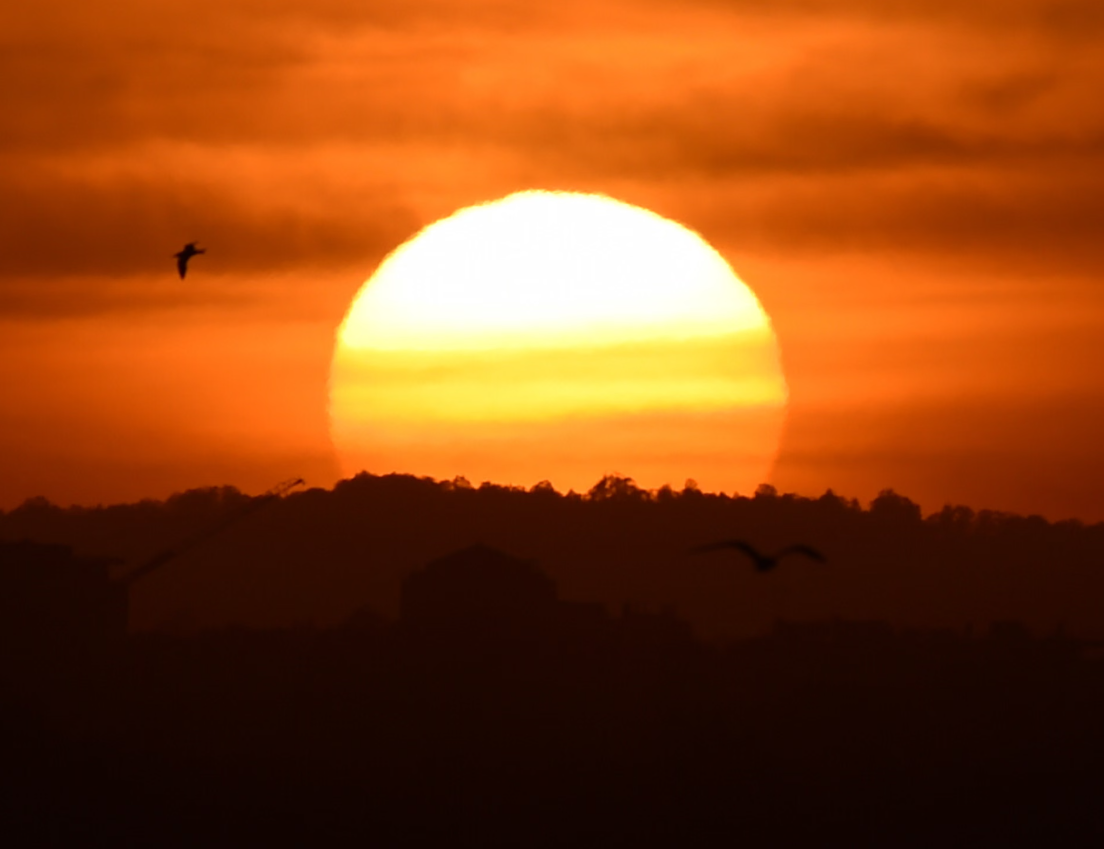
Scientists say the region is experiencing a sudden stratospheric warming (SSW) event – a phenomenon seldom observed in the southern hemisphere. Only three moderate to major episodes have been recorded in the past 45 years, in 1988, 2002 and most recently in 2019, when it intensified the devastating Black Summer bushfires.
Since early September, air temperatures about 30km above Antarctica and the Southern Ocean have risen sharply, now measuring roughly 30C higher than average. "Normally the stratosphere there sits around minus 50C, but it's currently closer to minus 20C – still cold, but exceptionally warmer than normal," said Dr Martin Jucker, an atmospheric scientist at the University of New South Wales.
The warming has also weakened the polar vortex – the high-altitude winds that usually circle Antarctica at around 200km/h but have now slowed to about half that speed. Such changes can ripple down to the surface, shifting weather systems and raising the risk of hotter and drier spells, particularly in New South Wales and Victoria.
However, the outlook remains uncertain. Australia's Bureau of Meteorology has also forecast wetter-than-normal conditions due to abnormally warm ocean waters. "It's a balancing act," Jucker explained. "The oceans are pushing us toward wet weather, the stratosphere toward dry. Which one dominates, we don't yet know."
Past SSW events have typically led to warmer springs and below-average rainfall in New South Wales and southern Queensland. According to Weatherzone meteorologist Ben Domensino, this year's development could influence the Southern Annular Mode – a key climate driver – increasing the likelihood of abnormally hot days across southern Australia and drier conditions in the east.
While such events are rare south of the equator, they are relatively common in the northern hemisphere, occurring around six times per decade.